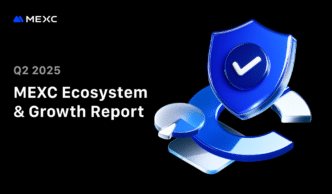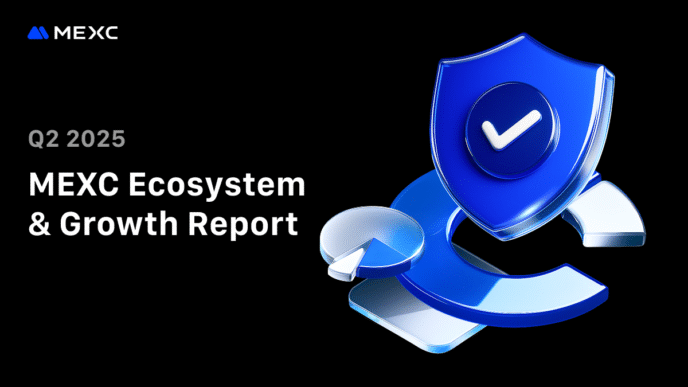Introduction
Python, a versatile and popular programming language, places a strong emphasis on code quality and reliability. One of the core practices that underpins these values is testing. Testing in Python is an essential process that helps ensure that your code functions as expected, remains bug-free, and evolves with confidence. In this article, we’ll explore the importance of testing in Python, different testing approaches, and the tools and libraries available for this purpose.
The Significance of Testing in Python
- Bug Detection: Testing identifies and helps eliminate bugs, errors, and unexpected behaviors in your code. This process is crucial to delivering a robust and reliable software product.
- Regression Testing: As code evolves, new features can introduce issues in previously working code. Proper testing ensures that existing functionality remains intact (regression testing) even as new features are added.
- Documentation: Tests serve as living documentation for your codebase, helping developers understand how components of the system are expected to function. This documentation is especially valuable for collaborative projects.
- Enhanced Code Quality: Writing tests encourages clean and modular code design. This leads to more maintainable software and better overall code quality.
Testing Approaches in Python
- Unit Testing: Unit tests evaluate the smallest units of code (e.g., functions or methods) in isolation. Python’s built-in
unittestlibrary and third-party libraries likepytestfacilitate unit testing. - Integration Testing: Integration tests examine how different parts of the system work together. This type of testing ensures that the various components interact correctly and that the integrated system behaves as expected.
- Functional Testing: Functional tests focus on the application’s functionality as a whole. These tests validate that the software meets the requirements and behaves correctly from an end-user perspective.
- Acceptance Testing: Acceptance tests verify that the software meets the user’s requirements. Tools like Behave and Selenium are often used for acceptance testing in Python.
Python Testing Libraries and Tools
- unittest: The built-in
unittestframework provides a solid foundation for writing unit tests. It is inspired by the popular JUnit and supports test discovery and test fixtures. - pytest:
pytestis a widely-used, user-friendly testing framework. It simplifies test discovery, supports parameterized testing, and offers powerful fixtures and plugins. - doctest: Python’s
doctestmodule enables testing through docstrings in your code. It is particularly useful for embedding tests in your documentation. - Nose: The Nose test framework extends
unittestanddoctestand simplifies test discovery. It also supports test attributes and plugins. - Hypothesis: Hypothesis is a property-based testing library that generates test cases based on defined properties. This approach can uncover edge cases and potential issues that may be missed in example-based testing.
Best Practices for Testing in Python
- Write Testable Code: Design code with testability in mind. Keep functions small and focused, and minimize side effects to facilitate testing.
- Isolation: Ensure that tests do not depend on the state of other tests. Each test should run independently to avoid interference.
- Consistency: Use consistent naming conventions for your tests, making it easier to understand their purpose and results.
- Continuous Integration: Incorporate testing into your continuous integration (CI) pipeline to automatically run tests whenever code changes are made.
- Testing for Edge Cases: Test not only common scenarios but also edge cases, unexpected inputs, and boundary conditions to catch potential issues.
Conclusion
Testing is an integral part of Python development that ensures code quality, reliability, and maintainability. By following best practices and leveraging the plethora of testing libraries and tools available in Python, developers can confidently build and enhance their software products. Whether you are writing unit tests, integration tests, or acceptance tests, the investment in testing pays off by reducing the chances of introducing and perpetuating bugs while maintaining a solid foundation for future development. In Python, testing is more than just a practice; it’s a cornerstone of code excellence.













